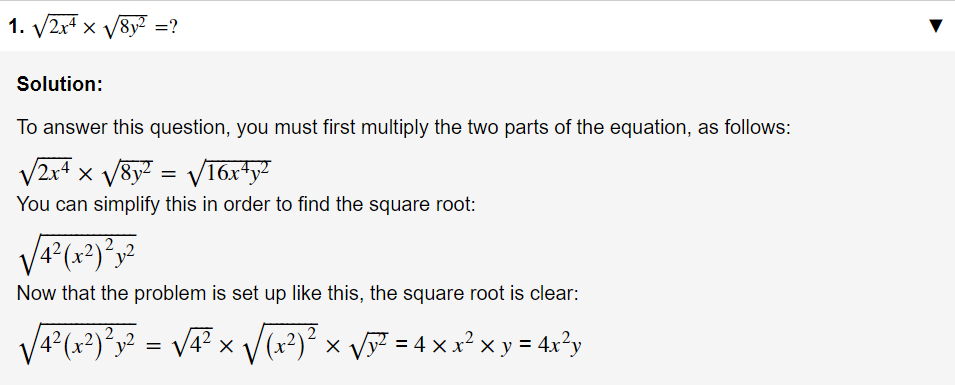Radical and Rational Expressions
Square Roots
A square root is written as √,n, and is the positive value a that fulfills the expression a^2=n. For example, the square root of 25 would be written as √,25, which is equivalent to 5. A number is considered a perfect square when the square root of that number is a whole number. So, 25 is a perfect square because the square root of 25 is 5. The ACT tests you on problems like these and knowing the simple rules of roots and radicals can save you lots of time on the test. Since the ACT is a time-based exam, memorizing important formulas can help a lot.
Roots and Radical Properties
 Roots and Radicals
Roots and Radicals
The nth root of a given quantity is indicated by the radical sign. For example, √9 is considered a radical, and 9 is the radicand. The rules given above apply to computations with radical signs. A rational number is a number that can. Any number that can be written as the ratio of two integers is said to be rational. Rational numbers called fractions are used to represent a portion of a whole number. Divide the square roots of the numerator and denominator to obtain the square root of a fraction. If the denominator is not a perfect square, rationalize it by multiplying the numerator by a factor that would transform it into a perfect square.
EX:

